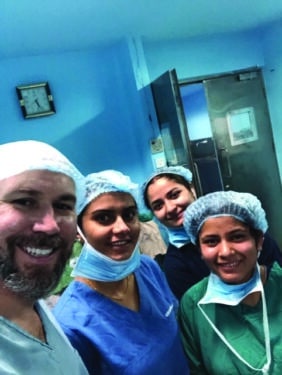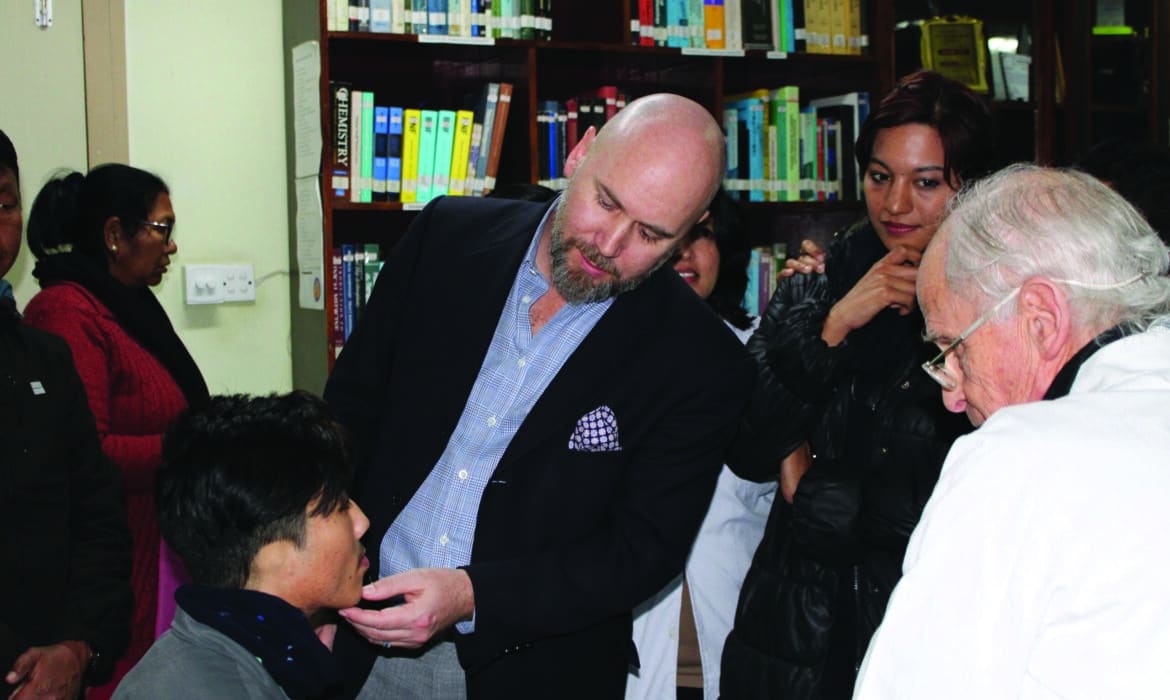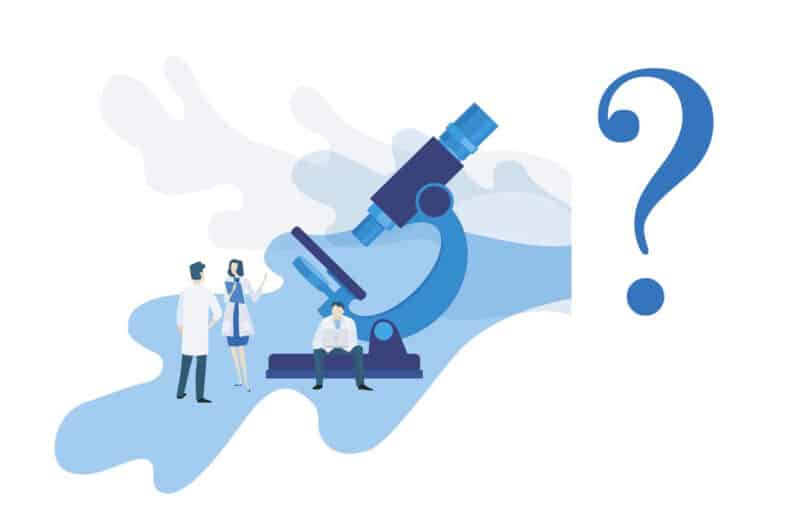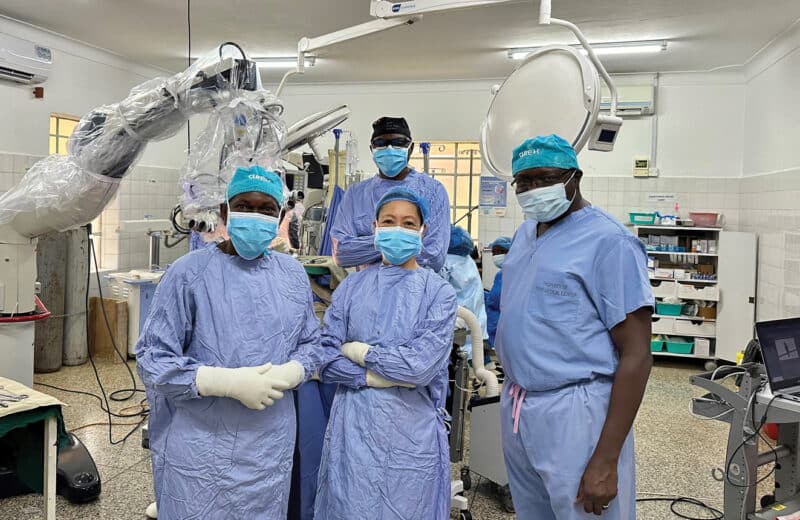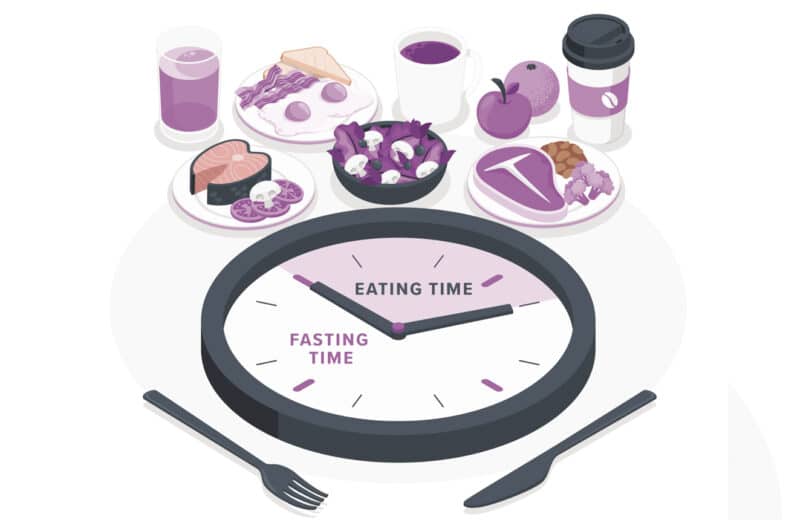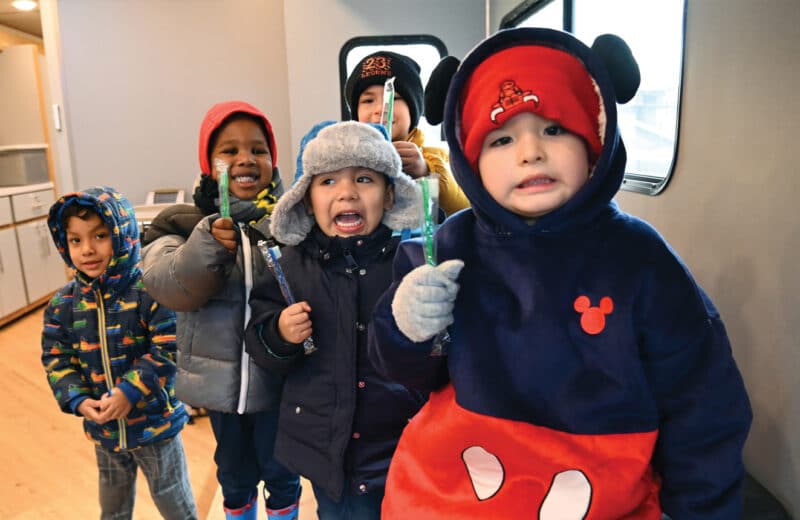Doctors helping local patients and teaching local doctors in Nepal
When a medical team from the U.S. planned a visit to Kathmandu, Nepal in January 2020, news traveled far and wide. It reached people in isolated, rural communities in the Himalaya Mountains who traveled by car or bus, on horseback, by donkey, or on foot for miles to line up at the Kirtipur Hospital for the team’s free surgical services.
Originally, the eight volunteers, under the Face the Future Foundation, had planned to spend 12 days treating children with congenital craniofacial deformities. But Jeremy Warner, MD, a facial plastic and reconstructive surgeon, president of the Warner Institute in Northfield, and Peter Adamson, MD, the Canadian plastic surgeon who founded Face the Future, had visited Nepal a year earlier and found much broader needs than congenital deformities.
“Nepal is a very poor country,” Warner says. He describes cooking accidents, for example, as a common cause of extensive burn injuries. “People there cook with open kerosene flames because it’s cheap, but the fire is very explosive, so we learned that the hospital also treated burn victims. We didn’t just swoop in like heroes and dictate what had to be done,” Warner says.
Face the Future began in 2012 in Toronto, with a medical mission to Rwanda. Since then, the group of volunteers has traveled to Ethiopia, Nepal, and Russia. They perform life-changing surgeries, meet with local stakeholders to learn about each area’s unique circumstances, and teach local medical providers — all with the goal of forming long-term partnerships.
Warner went on his first trip with the group in 2019, to Nepal. He had developed a passion for life-changing facial reconstructive surgery during a fellowship year in Toronto, working with Adamson. When Adamson asked Warner to be the director of the new medical mission to Nepal, Warner readily agreed.
During the pandemic, Nepali doctors attended virtual educational programs through Face the Future. In January 2023, a 10-person medical team traveled to Nepal for the first time since 2020.
And for that first mission back in 2020, after 24 hours of travel, the team ignored their jet lag and started meeting with patients — 80 of them — to schedule surgeries. They also quickly treated burn victims in the intensive care unit.
“We were able to save the lives of patients with techniques we use in the United States,” Warner says. The team treated adults and children who couldn’t use their hands and arms because of burns. “They were no longer able to hold a spoon up to their mouth or get dressed themselves. After the surgical procedures they were once again able to carry out normal daily activities,” Warner says.
One boy, Warner remembers, was born without external ears. Warner constructed ears using cartilage from the boy’s rib cage and tissue from his scalp. Later, the boy received hearing aids to improve his hearing. Warner also treated children born with an opening in their palate or lip, called cleft palate or cleft lip.
“These children have trouble with speech and trouble eating, so they are under-nourished and under-developed,” Warner says. The surgery, lasting about three hours, not only eliminates the deformity but boosts children’s self-esteem and self-image.
While Warner and the team have returned to the U.S. by the time many people see the final results of their surgeries, Warner says the impact is life-changing — for the medical team and the people they treat: “We may not speak the same language, but there is no question what their laughter and hugs were saying.”
The annual mission has another long-term goal: educating the local doctors in the latest technology and approaches. “Essentially we’re teaching ourselves out of a job, and that’s great. Then, we’ll find another country where we are needed,” Warner says.
For further information, contact facethefuturefoundation.ca
